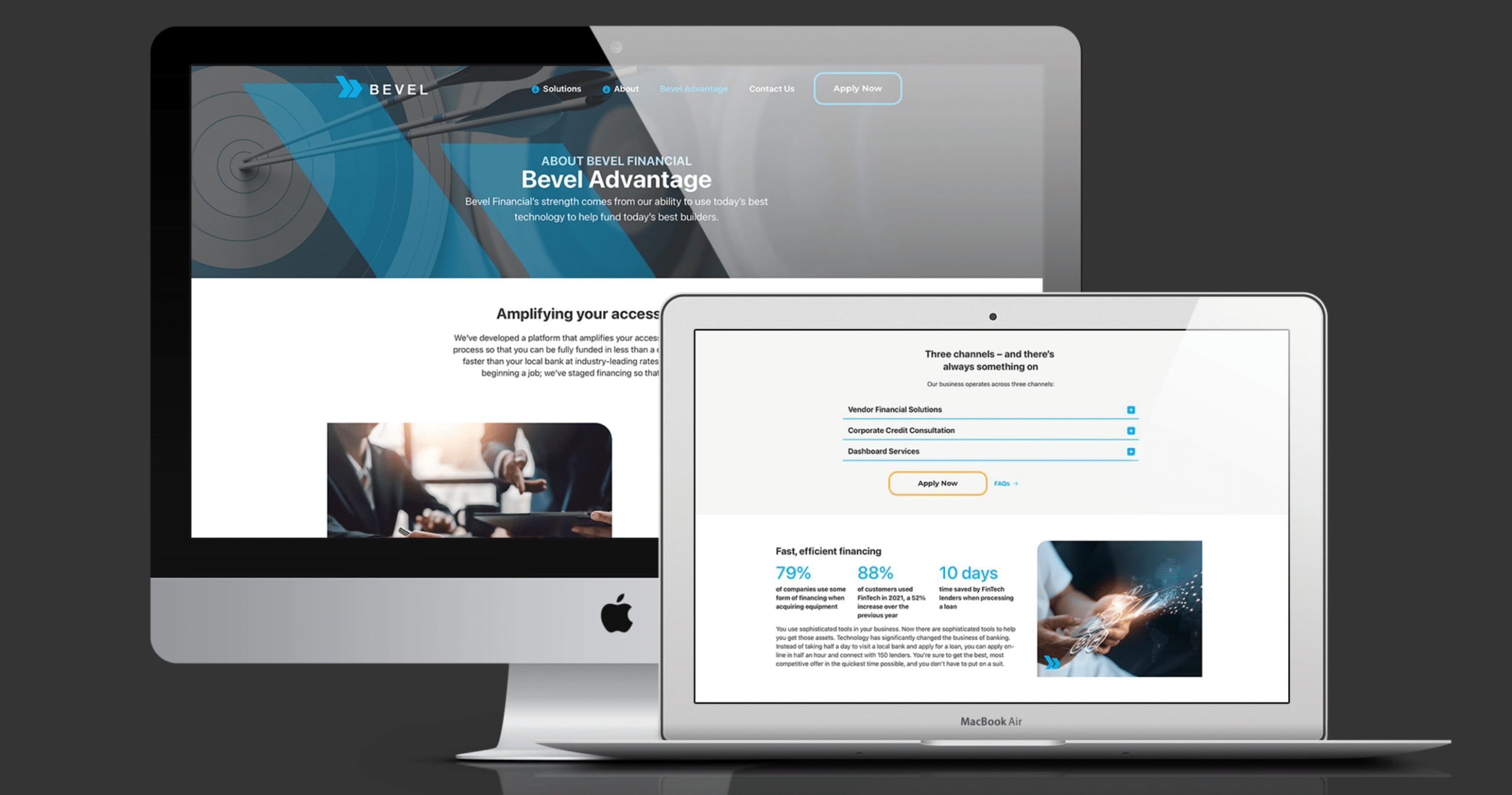DALEY RESOURCES
Step Two to a Successful Website: Designing a Website with a Purpose
Maureen Daley

As the world becomes increasingly digital, having a website has become a necessity for businesses and individuals alike. A website can help you establish an online presence, build credibility, and even generate revenue. However, before you can even begin to design a website, you must first determine its purpose and goals. In this blog post, we’ll explore the importance of defining your website’s purpose and goals, and provide some tips on how to do so effectively.
Defining Your Website's Purpose
The first step in starting a website is determining its purpose. Your website’s purpose should be the driving force behind all of your decisions regarding design, content, and functionality. To define your website’s purpose, ask yourself the following questions:
- What is the main goal of your website?
Are you creating a website to sell a product or service, share information about a topic, or connect with like-minded individuals? Identifying your website’s main goal will help you determine what kind of content to include, what functionality to prioritize, and what design elements to incorporate. - Who is your target audience?
Knowing your target audience is crucial in creating a website that will resonate with your visitors. Are you targeting a specific age group, geographic location, or interest group? Understanding your audience will help you create content that speaks to them and design a website that is visually appealing and easy to navigate. - What are the key features your website should have? Depending on your website’s purpose, there may be certain features that are essential to its success. For example, if you’re creating an e-commerce website, you’ll need a secure shopping cart and payment processing system. If you’re creating a blog, you’ll need a platform for publishing and sharing content. Identifying these key features will help you choose the right platform and tools for building your website.

Defining Your Website's Goals
Once you’ve defined your website’s purpose, the next step is to determine its goals. Your website’s goals should be specific, measurable, and tied to your overall business or personal objectives. To define your website’s goals, ask yourself the following questions:
- What do you hope to achieve with your website?
Are you looking to generate leads, increase sales, build brand awareness, or something else? Your website’s goals should be aligned with your overall business or personal objectives. - How will you measure your website’s success?
It’s important to have a way to measure your website’s performance so that you can make data-driven decisions and continually improve your site. Will you track website traffic, conversion rates, or engagement metrics? Identifying these key performance indicators (KPIs) will help you determine whether your website is meeting its goals. - What is your timeline for achieving your website’s goals?
Setting a timeline for achieving your website’s goals will help you stay on track and focused on what’s most important. Do you have a specific launch date in mind? When do you hope to see results from your website?
Tips for Defining Your Website's Purpose and Goals
Now that you understand the importance of defining your website’s purpose and goals, here are some tips to help you do so effectively:
- Conduct market research
Before you can define your website’s purpose and goals, you need to have a clear understanding of your target audience and the competitive landscape. Conducting market research can help you identify gaps in the market, understand your audience’s needs and preferences, and benchmark your competitors’ websites.
- Use SMART goals
When defining your website’s goals, use the SMART framework to ensure that they are specific, measurable, achievable, relevant, and time-bound. For example, a SMART goal might be to increase website traffic by 50% within the next six months.
- Get input from stakeholders
If you’re building a website for a business, be sure to get input from all relevant stakeholders, including marketing, sales, and customer service teams. They can provide valuable insights into your target audience’s needs and preferences and help ensure that your website aligns with your overall business objectives.
- Consider user experience
User experience (UX) is critical to the success of any website. When defining your website’s purpose and goals, be sure to consider how your visitors will interact with your site and how you can provide them with the best possible experience. This includes ensuring that your site is easy to navigate, has a clear and consistent design, and loads quickly. - Create a content strategy
Your website’s content plays a critical role in achieving your goals. As you define your website’s purpose and goals, also develop a content strategy that outlines the type of content you will create and how it will support your goals. This can include blog posts, videos, infographics, and more.
Final Thoughts
Defining your website’s purpose and goals is a critical first step in creating a successful online presence. It provides the foundation for all other decisions related to your website’s design, content, and functionality. By taking the time to conduct market research, use SMART goals, get input from stakeholders, consider user experience, and create a content strategy, you can set your website up for success and achieve your business or personal objectives. Remember, your website is a reflection of your brand, so take the time to do it right and make a positive impact on your audience.
Ready to design a website with a purpose? Contact Daley Design today to get started! Our experienced team can help you define your website’s purpose and goals, conduct market research, and create a content strategy that aligns with your overall business or personal objectives. Don’t wait – let us help you build a website that makes a positive impact on your audience and drives results for your business. Contact us now to schedule a consultation.
Daley tips & tools
Sign up for our newsletter to learn business insights, expert tips and tricks to improve your business’s image online and off.
"*" indicates required fields




